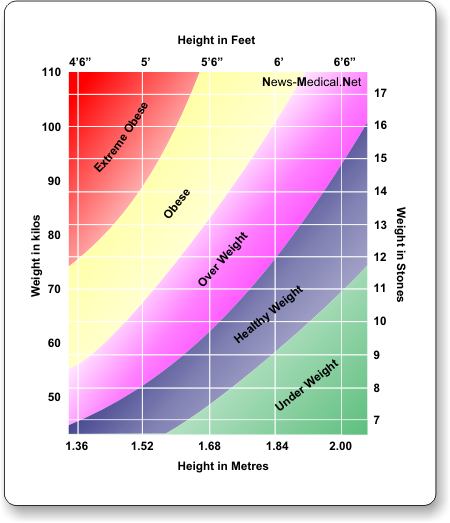May 2 2005
The perception that poor people are more likely to be fat is rapidly being disputed as figures now indicate that obesity is growing at a much faster rate in those with the highest incomes.

According to a recent study, obesity which was always assumed to be a problem linked primarily to poverty, is growing fastest amongst those making more than $60,000 a year.
The study, which was presented at the American Heart Association's 45th Annual Conference on Cardiovascular Disease Epidemiology and Prevention, was carried out by a team at University of Iowa College of Public Health, and presenter Nidhi Maheshwari, M.B.B.S., a graduate research assistant in epidemiology says the perception that poor people are more likely to be fat is not the case as they found that obesity was growing at a much faster rate in high earners.
Data collected in the National Health and Nutrition Examination Surveys in 1971-74 and 2001-02 was examined, which included information from Americans ages 20 years and older in five surveys, and defined obesity as a body mass index of 30 or above. A mobile van was used to access the neighbourhoods to measure individuals' heights and weights. Family income was adjusted to 2000 U.S. dollars and was divided into income quartiles of below $25,000, $25,000-$39,999, $40,000 to $60,000 and above $60,000. The same income categories were used for both surveys.
They found that the highest income category, above $60,000, had the greatest increase, 276 percent, in obesity prevalence from 9.7 percent in 1971-1974 to 26.8 percent in 2001-2002. Obesity prevalence in those making less than $25,000 was 22.5 percent in 1971-1974 and was 32.5 percent in 2001-2002, an increase of 144 percent. For those earning $25,000-$39,999, the prevalence was 16.1 in 1971-1974 and 31.3 in 2001-2002, a 194 percent increase. For those earning $40,000-$60,000, the increase was about 209 percent.
Study co-author Jennifer G. Robinson, M.D., M.P.H., associate professor of epidemiology in the University, says the inverse relationship between income and obesity seen in earlier studies has eroded, and obesity prevalence now is similar across all income categories, with obesity prevalence in the highest income group rapidly approaching that of the lowest income group.
Robinson says different dynamics are associated with the rise in obesity, but obesity is increasing in all races, all income categories and at a faster rate with people in higher incomes, and while factors are common to both the rich and the poor, there may be certain factors primarily affecting the poor, and a different set of reasons primarily affecting the rich.